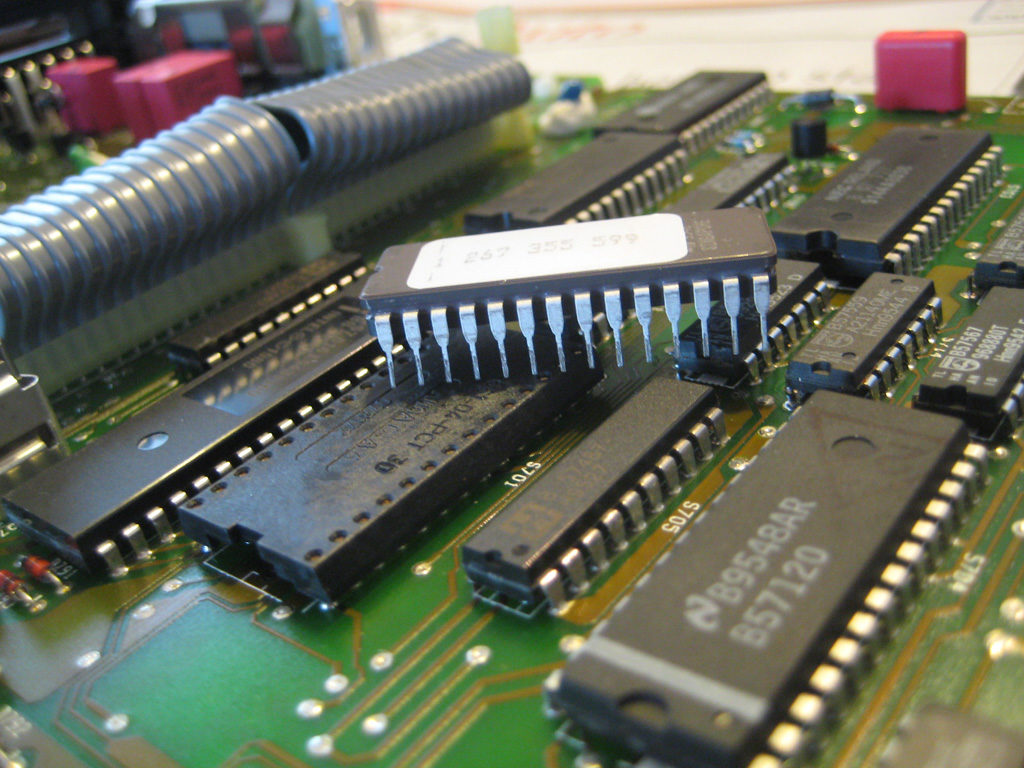
The ECU was adopted in the first electronic injection systems in cars. In these first systems, the central units managed the operation of the engine and were “fed” by signals sent by the sensors of the position of the butterfly and position of the crankshaft. With these signals, it is possible to roughly calculate how much air is entering the throttle and the moment the ignition system fires the spark (since the ignition point is based on the angular position of the crankshaft). The ECU then processes these input signals and, based on its values, sends a signal to open the injection valves and thus injects the fuel at the required time and for the time needed.
Bosch D-Jetronic, the first electronic injection: only a single ECU.
Later, they joined the electronic ignition control which had existed since the 1960s but it acted independently – so much so that there were cars with electronic injection and mechanical ignition, if some Mercedes of the 1970s, for example. With the integration of the ignition control to the ECU, it started issuing output signals also to the ignition coil, allowing advance or delay of the ignition point. This also led to the creation of the detonation sensors, capable of detecting when the air-fuel mixture is ignited by compression before ignition, which causes the pin strike, which compromises the durability of the engine.
Continue reading “How does an ECU Work in a Car?”